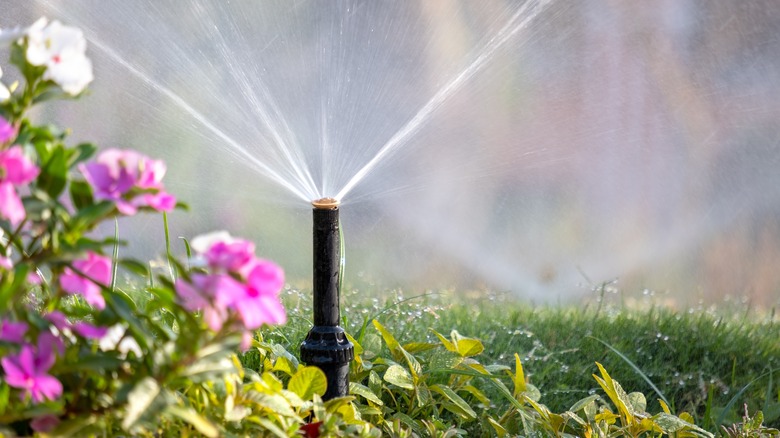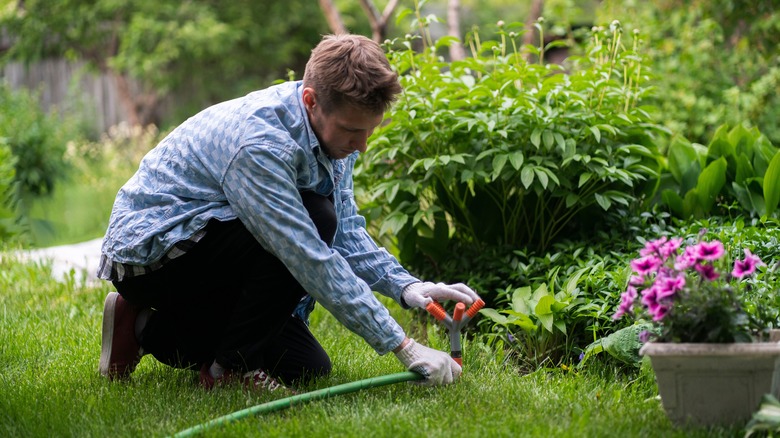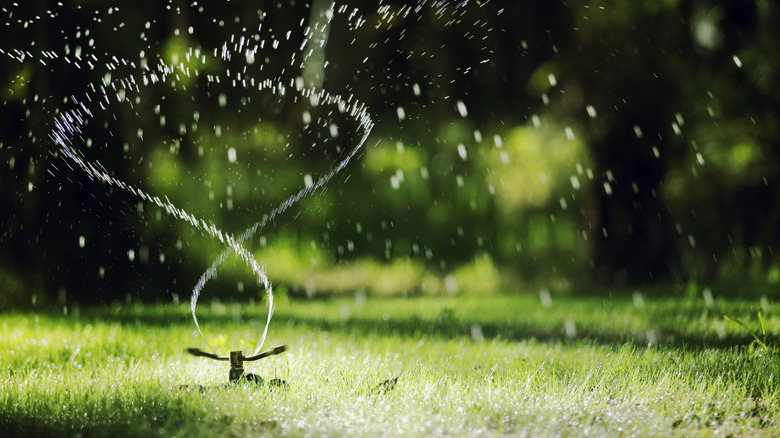How To Prepare Your Lawn For In-Ground Sprinkler System Installation
An in-ground sprinkler system is an automated irrigation setup that is installed beneath the surface of a lawn or garden to provide water to the vegetation. This system has various components, including sprinkler heads, valves, pipes, and a controller. The pipes are buried underground and connect to sprinkler heads that are strategically placed throughout the lawn to ensure even distribution when watering your garden. These sprinkler heads can pop up when the system is activated to spray water over the grass and plants and then retract back into the ground when not in use, keeping the lawn free from obstructions. When installing an in-ground sprinkler system, there are several preparatory steps you must undertake to ensure the installation process goes smoothly and the system functions efficiently for years to come.
First and foremost, understanding the scope of the project is crucial. An in-ground sprinkler system is not a simple plug-and-play solution; it requires careful planning, precise execution, and a bit of elbow grease. You'll also need to consider the layout of your lawn and the type of sprinkler system. Moreover, preparing your lawn for installation involves more than just physical labor; it also encompasses legal and administrative tasks, such as securing necessary permits and ensuring the project complies with local regulations and water usage guidelines. Embarking on this project also means being ready to make informed decisions about the type of sprinkler system that best suits your lawn's needs.
Planning and installation
After getting the needed permits, it's time to get to work. Before you start digging trenches or laying pipes, a well-thought-out plan is essential. Begin by sketching a detailed map of your lawn, including existing landscaping features, trees, pathways, and any other elements that could influence the sprinkler system's layout. Next, dig trenches for the pipes. These should be about 8 to 12 inches deep, depending on your area's requirements. Use a trencher or a spade, making sure the trenches follow your planned layout precisely. Next is the installation of the valve manifold. You'll need to dig a hole wider hole than the manifold and ensure the valve box is attached to your water supply.
Now, lay the pipes along the trenches. PVC or polyethylene pipes are common choices. Ensure each pipe is connected securely to the manifold, using the appropriate fittings and glue if necessary. Install the sprinkler heads at predetermined spots along the pipes and connect the system to your home's main water supply. This might require some plumbing skills, especially when tapping into the existing water line. The next step is to install the timer and control system, which allows you to automate watering based on your lawn's needs. Program it according to different zones and watering schedules. Before finalizing, test the sprinkler system to identify and fix any leaks or coverage gaps. Adjust sprinkler heads as needed for uniform water distribution. Lastly, carefully bury the pipes and sprinkler heads, fill in the trenches, and restore the lawn surface.
Important considerations
When installing an in-ground sprinkler system, two critical considerations come to the forefront: measuring the water pressure and choosing the right system for your lawn. Both steps are foundational to ensuring your sprinkler system operates efficiently, effectively watering your lawn without waste or undue stress on the system. The water pressure, measured in pounds per square inch (PSI), determines how far and effectively water can be distributed. Too low pressure results in inadequate coverage, while too high pressure can cause damage to the plumbing system. The ideal pressure is between 30 and 50 psi. You can measure water pressure using a gauge attached to an outdoor faucet. Knowing your water pressure aids in choosing the right sprinkler heads and designing a system that matches your lawn's needs.
Choosing the right system involves understanding the various types and their features. In-ground sprinkler systems come in several forms, including rotor systems, ideal for large, open areas due to their long-range and slow watering rate, and spray systems, which are suited for smaller, more compact areas because of their fixed spray pattern. Additionally, drip irrigation systems target the roots directly, minimizing evaporation and runoff, making them perfect for gardens and flowerbeds. Consulting with a professional or utilizing online resources can also be invaluable in this phase. They can offer insights into the best practices for sprinkler placement, water pressure considerations, and choosing the right equipment.


